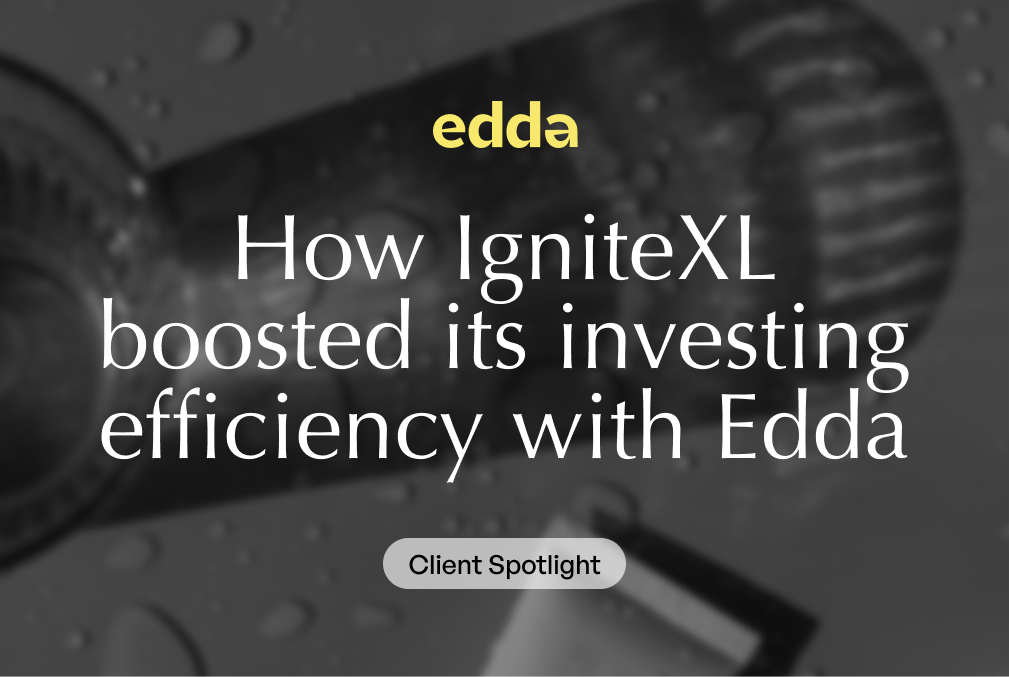Risk management is an integral part of private equity (PE) portfolio construction, underscoring its importance in creating a diversified portfolio that can balance both returns and risks. The rise in investor interest in private equity over the past two decades illustrates this point clearly.
Today, private equity represents a burgeoning opportunity for multi-asset portfolios, offering the potential for substantial outperformance compared to public investments.
However, the private equity due diligence checklist must factor in its unique risk and return characteristics that need to be accounted for in the portfolio construction framework. These features are significant when considered in the context of traditional asset allocation models that are typically built with liquid assets in mind, such as the Black-Litterman model, which is based on Modern Portfolio Theory (MPT).
Navigating the Private Equity Landscape
The Black-Litterman model, based on Modern Portfolio Theory (MPT), was originally designed to create an optimal portfolio of liquid, tradable securities. It uses historical data to calculate expected returns, variances, and covariances of each asset class. This allows for the construction of an “efficient frontier” of portfolios that offer the highest expected return for each level of risk.
However, the nature of private equity investments introduces new variables into the equation. Here are a few ways in which private equity deviates from the assumptions of the traditional asset allocation models, and crucial differences that need to be factored into portfolio construction:
Smoothed (appraisal-based) private equity return estimates: Unlike public investments that rely on observable, transaction-based prices, private equity returns are based on subjective, appraisal-based valuations. This lack of transparency can lead to underestimation of volatility, creating potential pitfalls for investors. Private equity investments can be significantly influenced by firm-specific factors. This is different from traditional asset classes where prices are regularly updated in the market.
Illiquidity and frictionless rebalancing: In private equity, there is less ability to trade investments and rebalance portfolios, necessitating compensation in the form of a liquidity premium. Private equity investments typically come with a multi-year investment horizon and do not have a readily available market to buy or sell shares. This illiquidity contrasts with the publicly-traded stocks and bonds usually considered in the Black-Litterman model and can affect portfolio risk and return dynamics.
Uncertainty in timing and magnitude of cash flows: Private equity investors lack control over the timing and size of fund cash flows, introducing an additional layer of risk. The timing of cash flows can significantly impact the performance of private equity. Unlike traditional asset classes where income (such as dividends or coupon payments) is generally known in advance, the timing and amount of cash inflows from private equity investments (from exits or dividends) can be quite uncertain.
Illiquidity and valuation adjustment: Investments in private equity funds cannot be easily liquidated, usually requiring a discount to Net Asset Value (NAV) in most cases, creating a disparity in valuation between liquid and illiquid assets.
A New Framework for Private Equity Portfolio Construction
The potential for higher returns and diversification benefits of private equity investments can make them a valuable addition to an investment portfolio, despite the challenges they present for traditional asset allocation models. To address these challenges, a new portfolio construction framework is needed that can account for the unique risk and return attributes of private equity.
What is equity portfolio management? This approach requires four main adjustments:
Estimating unbiased private equity returns: Traditional valuation techniques can lead to “smoothing” of returns, underestimating their volatility. This smoothing occurs because private equity valuations often rely on infrequent and subjective appraisals. An alternative approach is to apply a time-series technique, such as the Longstaff and Schwartz (2001) or Getmansky et al. (2004) models. These models “unsmooth” reported private equity returns by considering the correlation between reported returns and changes in public market returns, providing a more accurate estimate of volatility and market beta.
Modeling illiquidity-constrained portfolio rebalancing: Traditional portfolio theory often assumes that assets can be freely bought and sold without affecting the market price, allowing for continuous rebalancing to maintain the desired asset allocation. However, due to their illiquid nature, private equity investments cannot be bought or sold at will. Therefore, a revised model needs to include an illiquidity constraint, which could be implemented as a limit on how much the private equity allocation can change over a given period.
Explicitly modeling private equity cash flows: Private equity investments have unique cash flow characteristics, including capital calls (where the PE firm demands a portion of the committed capital) and distributions (profits returned to the investor). Traditional models, which assume a known and consistent cash flow stream, do not account for this uncertainty. An improved model would include a detailed cash flow projection for each PE investment, taking into account the likelihood of capital calls and distributions at different stages of the investment lifecycle.
Applying a valuation adjustment to illiquid assets: Even when using unsmoothed returns, the illiquid nature of private equity may mean that its market value is lower than its fundamental value. Therefore, it may be appropriate to apply a discount factor to the value of private equity investments in the portfolio. This discount factor should be consistent with the risk profile of the private equity investment and the specific constraints of the investor, such as their liquidity needs and risk tolerance.
Using such a comprehensive framework for portfolio construction can lead to more realistic and sensible allocation decisions, especially when it comes to illiquid assets like private equity. Notably, analyses using this model show that private equity can play a significant role in strategic, long-term, diversified portfolios, depending on each investor’s specific circumstances, including risk tolerance and the ability to find and access high-quality managers.
However, failing to reflect the unique aspects of illiquid assets in asset allocation models can lead to unintended overallocation to private equity and associated risks. Therefore, a prudent approach that takes into account the unique features of illiquid assets and incorporates them into the asset allocation framework is a critical prerequisite for effective risk management in private equity portfolio construction.
Conclusion
Edda (formerly Kushim), is redefining the landscape of risk management in private equity portfolio construction with its private equity portfolio monitoring software. Its comprehensive software suite provides robust tools that allow Venture Capital, Corporate Venture Private Equity, Family Offices, and Investment Banks to not only manage their dealflow but also support their portfolio companies, all the while tracking their performances in real time.
The advanced functionalities of Edda’s deal flow management software are pivotal in assessing and mitigating risks in portfolio construction. By providing a centralized view of the investment pipeline, enhancing collaboration, and offering flexibility in data management, Edda’s private equity deal flow software enables firms to better evaluate investment opportunities and potential risks.
Furthermore, Edda’s PE and venture capital portfolio management software features such as portfolio value tracking, performance visualization, and key metrics recording, enable firms to monitor the health of their portfolios closely. Real-time insights provided by these tools can prove critical in risk management, by identifying underperforming assets and potential threats to investment returns.
Edda’s VC app integrates with other platforms like PitchBook to offer its users comprehensive private market data, which is critical in risk assessment and decision-making. By providing expansive, data-driven insights, Edda equips its users with the necessary information to mitigate potential risks and make informed investment decisions.









